I am designing a PCB for an Arduino Nano. I want to protect the Nano from over current and high voltage. In the schematic of the Nano, there is only one fuse at USB Vcc at Arduino Nano Rev3. No clone versions have fuses, either.
Why is there no fuse on the Vin pin of the Arduino? In my opinion, the Vin pin is more dangerous than USB Vcc.
For example, if powering an Arduino Nano clone from Vin pin with a 12V adaptor, a small diode in the bottom of the Nano starting to smoke immediately. I wonder if the fuse on the USB side is put to protect the computer?
The Arduino Mega is also only fused on the USB Vcc pin.
